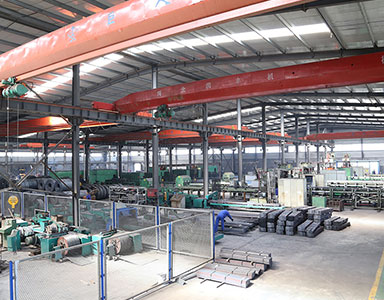The Importance of Outdoor Noise Barriers in Modern Urban Environments
In today’s rapidly urbanizing world, the increasing volume of noise pollution poses significant challenges to the quality of life in urban areas. Outdoor noise barriers have emerged as an effective solution to mitigate the detrimental effects of noise, thereby enhancing the living conditions for residents in vicinity of roads, railways, and industrial sites.
Noise pollution can be defined as any sound that disrupts the normal acoustical environment, usually characterized by unwanted or harmful noise levels that impact human health and well-being. Common sources of noise pollution include traffic, construction activities, industrial operations, and even natural phenomena. The World Health Organization has recognized noise pollution as a major environmental risk factor, contributing to various health issues such as stress, sleep disorders, cardiovascular diseases, and impairment of cognitive functions.
To combat this pervasive problem, outdoor noise barriers have been developed and deployed in numerous urban settings. These barriers are physical structures designed to obstruct and absorb sound waves, effectively reducing noise levels in residential areas. They can be constructed from a variety of materials, including concrete, wood, glass, and specialized sound-absorbing composites. The choice of material often depends on the specific noise source, the aesthetic considerations, and the prevailing local regulations.
One of the primary advantages of outdoor noise barriers is their effectiveness in reducing sound transmission
. Research indicates that well-designed barriers can reduce noise levels by as much as 10 to 15 decibels, which can make a substantial difference in the perceived loudness of noise. For instance, a reduction of 10 decibels is often perceived as halving the noise levels, leading to a more peaceful and enjoyable living environment.outdoor noise barrier

In addition to noise reduction, outdoor barriers also serve as visual screens that enhance the privacy of residential areas. By creating a sense of separation from noisy thoroughfares, these structures not only shield the inhabitants from sound but also provide a more serene visual landscape. Furthermore, these barriers can be integrated into the natural environment, often adorned with greenery and plants, which can lead to improved air quality and promote biodiversity.
The installation of outdoor noise barriers, however, is not without its challenges. Careful planning and consideration are required to ensure that these structures are effectively placed in relation to the sources of noise they are meant to mitigate. Factors such as height, length, and distance from the noise source must be strategically evaluated. Additionally, community involvement in the design and implementation process can promote a sense of ownership and acceptance among residents, leading to more successful outcomes.
As cities continue to expand and evolve, the importance of implementing effective noise control measures cannot be overstated. Investments in outdoor noise barriers represent not just a response to noise pollution, but also an opportunity to enhance urban design and improve overall quality of life. By prioritizing acoustic comfort in urban planning, we can foster healthier and more vibrant communities where residents can thrive.
In conclusion, outdoor noise barriers are a vital component in the landscape of urban noise management. They not only play a crucial role in alleviating the impacts of noise pollution but also contribute to the aesthetic, environmental, and social fabric of our cities. As urban populations grow, the importance of these structures will only become more pronounced, emphasizing the need for strategic planning and community engagement in developing effective solutions that harmonize urban living with environmental health.
-
Trusted Expanded Metal Mesh For All Projects
NewsMay.08,2025
-
Stainless Steel Expanded Metal for Versatile Uses
NewsMay.08,2025
-
Reliable Steel Grating Choices
NewsMay.08,2025
-
Perforated Sheet Metal for Every Need
NewsMay.08,2025
-
Heavy Duty Expanded Metal Mesh for Robust Solutions
NewsMay.08,2025
-
Expanded Aluminum Metal for Versatile Applications
NewsMay.08,2025
Subscribe now!
Stay up to date with the latest on Fry Steeland industry news.

